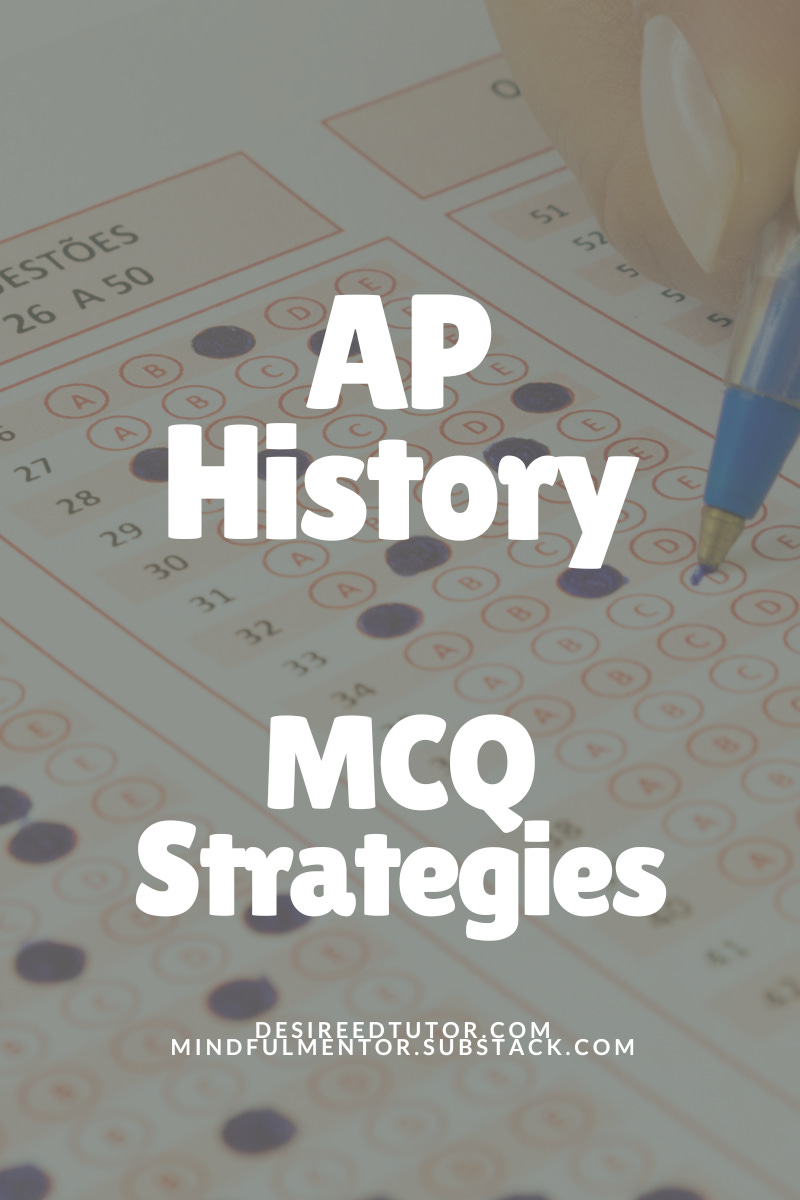AP History: MCQ Success (Pt. 1B) — "Source Material" Edition
Before you read on, please make sure you’ve taken a look at the first post in this series before you read today’s installment. These are meant to be cumulative and read in order, so they will definitely serve you best that way! Once you’ve done that, jump right in—and don’t forget to subscribe, if you haven’t already.
Keep reading with a 7-day free trial
Subscribe to the AP History Tutor to keep reading this post and get 7 days of free access to the full post archives.



